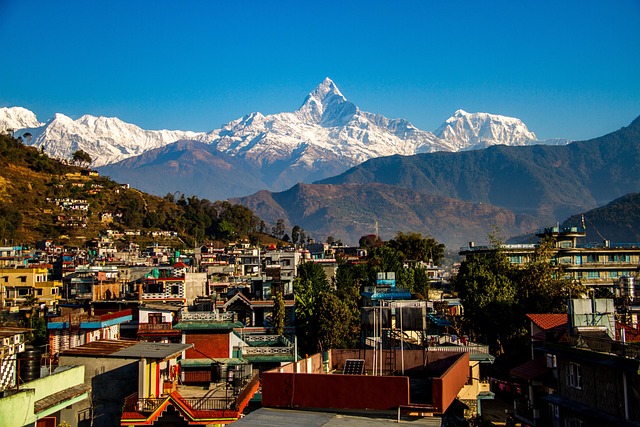Books & Articles
Almassi, B. (2020). Reparative Environmental Justice in a World of Wounds. Lexington.
Blaikie, P. (1985). The Political Economy of Soil Erosion in Developing Countries. London: Routledge.
Blaikie, P. & Brookfield, H. (1987). Land Degradation and Society. New York/London: Routledge.
Dean, W. (1995). With Broadax and Firebrand: The Destruction of the Brazilian Atlantic Forest. Berkeley: University of California Press.
Guha, R. (1989). “Radical American Environmentalism and Wilderness Preservation: A Third World Critique.” Environmental Ethics, 11: 71–83.
Guha, R. (1997, February). “The Authoritarian Biologist and the Arrogance of Anti-Humanism: Wildlife Conservation in the Third World.” Ecologist, 27(1): 14–20.
Malla, Y. B. (2001). “Changing Policies and the Persistence of Patron-Client Relations in Nepal: Stakeholders’ Responses to Changes in Forest Policies.” Environmental History, 6(2): 287–307.
Müller-Böker, U. (1999). The Chitwan Tharus in Southern Nepal: An Ethnoecological Approach. Stuttgart: Franz Steiner Verlag.
Pandey, R. (2004). “Solid Waste Management Practice and Health Implication: A Case of Kathmandu Metropolitan City, Nepal.” Himalayan Review, 35–36: 33–47.
Peet, R. & Watts, M. (2004). Liberation Ecologies: Environment, Development, Social Movements. London: Routledge.
Pellow, D. (2017). What is Critical Environmental Justice? New York: John Wiley & Sons.
Rademacher, A. (2011). Reigning the River. Durham: Duke University Press.
Regmi, M. C. (1976). Landownership in Nepal. Berkeley: University of California Press.
Schlosberg, D. (2007). Defining Environmental Justice: Theories, Movements, and Nature. Oxford: Oxford University Press.
Schlosberg, D. (2013). “Theorising Environmental Justice: The Expanding Sphere of a Discourse.” Environmental Politics, 22(1): 37–55.
Stevens, S. F. (1993). Claiming the High Ground: Sherpas, Subsistence, and Environmental Change in the Highest Himalaya. Berkeley: University of California Press.
Sze, J. & London, J. (2008, July). “Environmental Justice at the Crossroads.” Sociology Compass, 2(4): 1331–1354.
United Church of Christ (UCC) Commission for Racial Justice. (1987). Toxic Wastes and Race in the United States. New York: UCC.
US General Accounting Office. (1983). Siting of Hazardous Waste Landfills and Their Correlation with Racial and Economic Status of Surrounding Communities. Washington, D.C.: US General Accounting Office.
